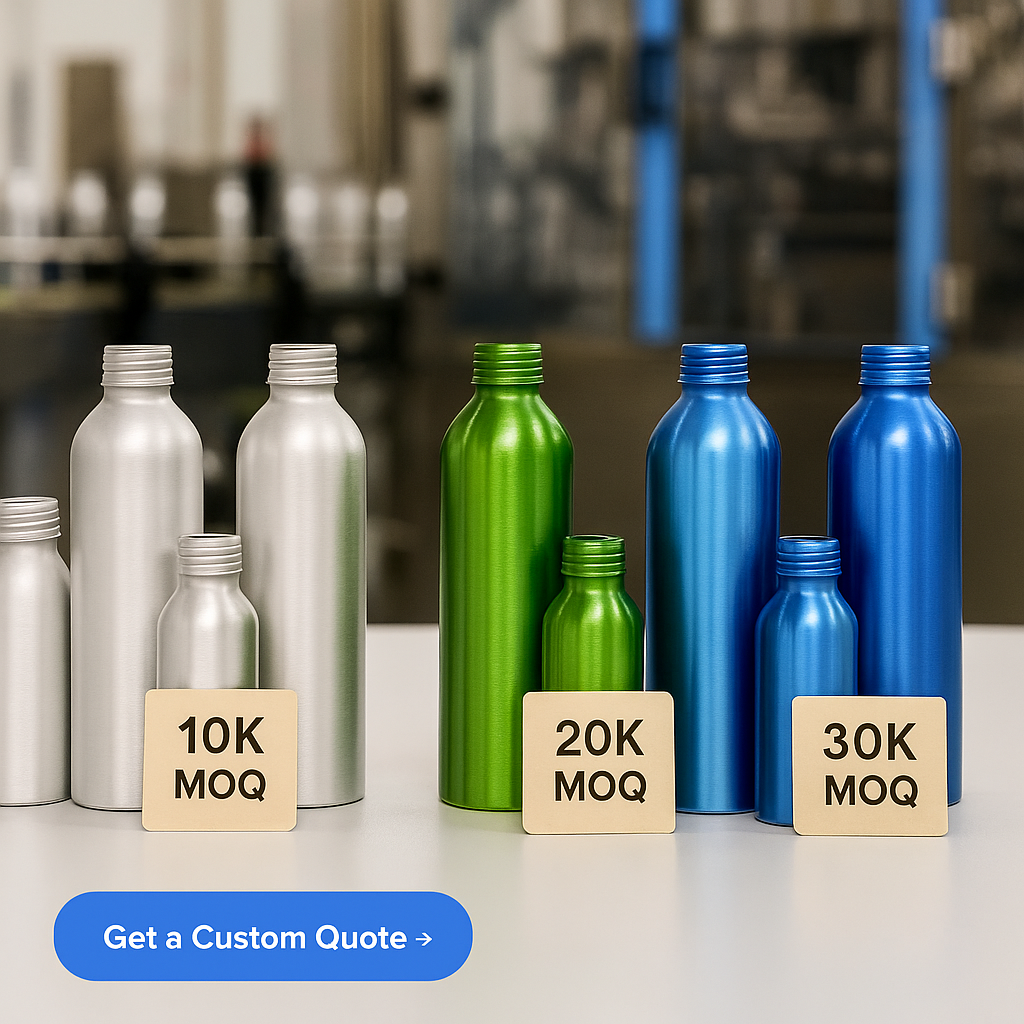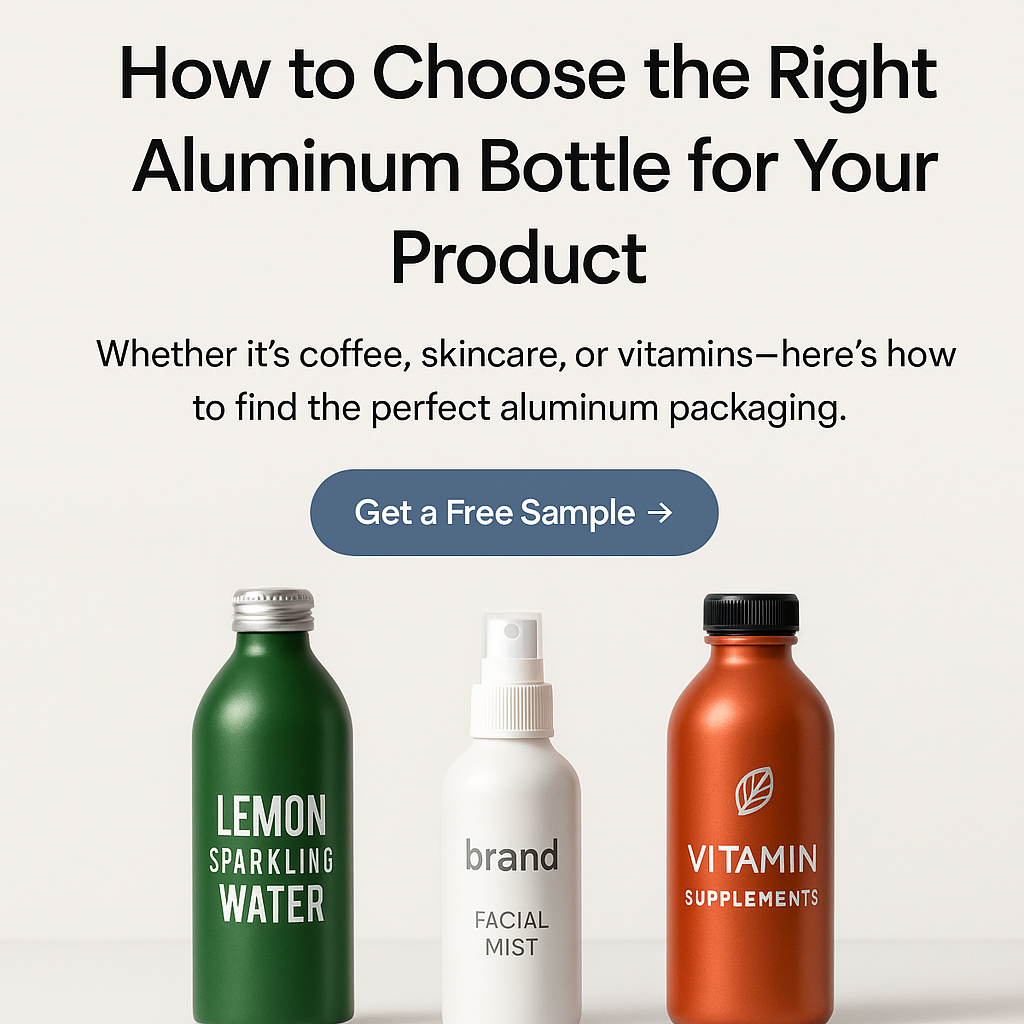Aluminum bottles are a popular choice in the packaging industry due to their durability, recyclability, and aesthetic appeal. As a leading manufacturer of aluminum bottles, CPI (alumbottle.com) offers a wide range of products tailored to meet diverse needs. This article delves into the critical aspect of aluminum bottle treatments, focusing specifically on internal coatings.
Aluminum Bottle Treatments
Internal and External Treatments
When it comes to aluminum bottles, both internal and external treatments play crucial roles. Internal treatments prevent chemical reactions between the product and the aluminum, ensuring the integrity of the packaging. External treatments enhance durability and provide aesthetic appeal. Today let's introduce the internal coating first.
Internal Coating of Aluminum Bottles
Purpose of Internal Coating
Internal coatings are essential for preventing chemical reactions between the contents and the aluminum. These coatings protect the bottle from corrosion and prevent perforations that could lead to leakage. Choosing the right internal coating is vital for maintaining product safety and integrity.
Detailed Analysis of Coating Components
Semi-Automatic Line Coatings
Semi-automatic line coatings often use materials that offer basic protection against chemical reactions. These coatings are suitable for a wide range of products but may not be ideal for highly acidic or alkaline contents.
The ingredients of our bottles’ inner coating is as below:
Model: JE615-1 Transparent inner coating
1. Polyester resin 51%
2. Amino resin 30%
3. Assistant 1%
4. Solvent 18%
Automatic Line Coatings
Automatic line coatings, such as those using PPG materials, provide advanced protection and durability. These coatings are designed to handle more stringent requirements, making them suitable for a broader range of products. The normal models of PPG inner coating of our automatic line are as below:
PPG-2845 : transparent, BPA free
PPG-3961: Gold, FDA grade
PPG-3405: transparent, similar PPG-3961
PPG-8460 and PPG-8322: Gold, FDA, Chemical resistance is very good
Special Internal Coatings
Semi-Automatic Line Bottles
Semi-automatic line bottles commonly use beige coatings. While effective for many products, they are not suitable for strong acids and bases. Conductivity testing is essential to ensure the uniformity and integrity of these coatings.
Automatic Line Bottles
Automatic line bottles use polyimide coatings, which offer superior resistance to strong acids and bases. These coatings are ideal for products like dimethyl ether (DME), providing excellent protection against perforation.
How to Choosing the Right Internal Coating for customer?
Factors to Consider
Selecting the appropriate internal coating involves understanding the product type, its pH value, and any previous experiences with aluminum bottles. This ensures compatibility and prevents adverse reactions.
Testing and Compatibility
Compatibility testing is crucial before finalizing the internal coating. Samples should be tested for at least a month to ensure they meet the required standards and provide the necessary protection.
pH and Internal Coating Compatibility
Neutral pH Products (pH 5-9)
Products with a neutral pH (5-9) generally work well with standard internal coatings. However, sample testing remains essential to guarantee compatibility.
Acidic and Alkaline Products (pH <5 or >9)
For acidic and alkaline products, special internal coatings are required. These coatings must undergo rigorous testing to ensure they provide adequate protection.
Conclusion
In summary, choosing the right internal coating for aluminum bottles is critical for ensuring product safety and integrity. CPI, with its extensive experience and expertise, offers tailored solutions to meet diverse packaging needs. For more information and consultation, visit alumbottle.com.







